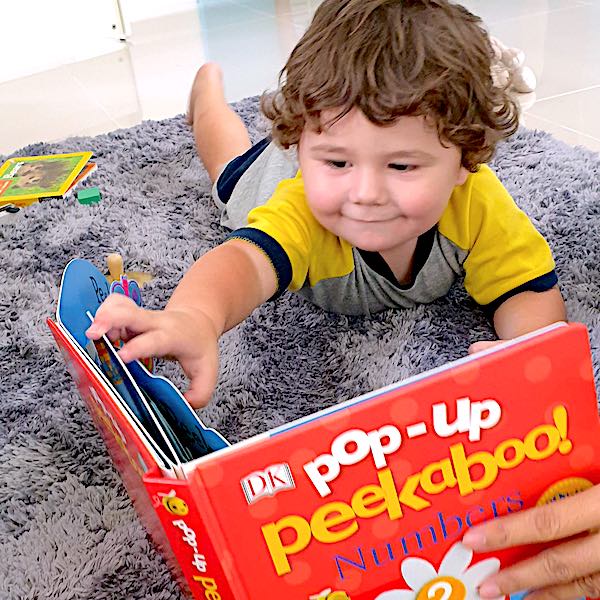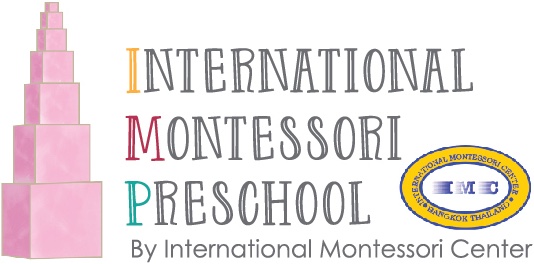

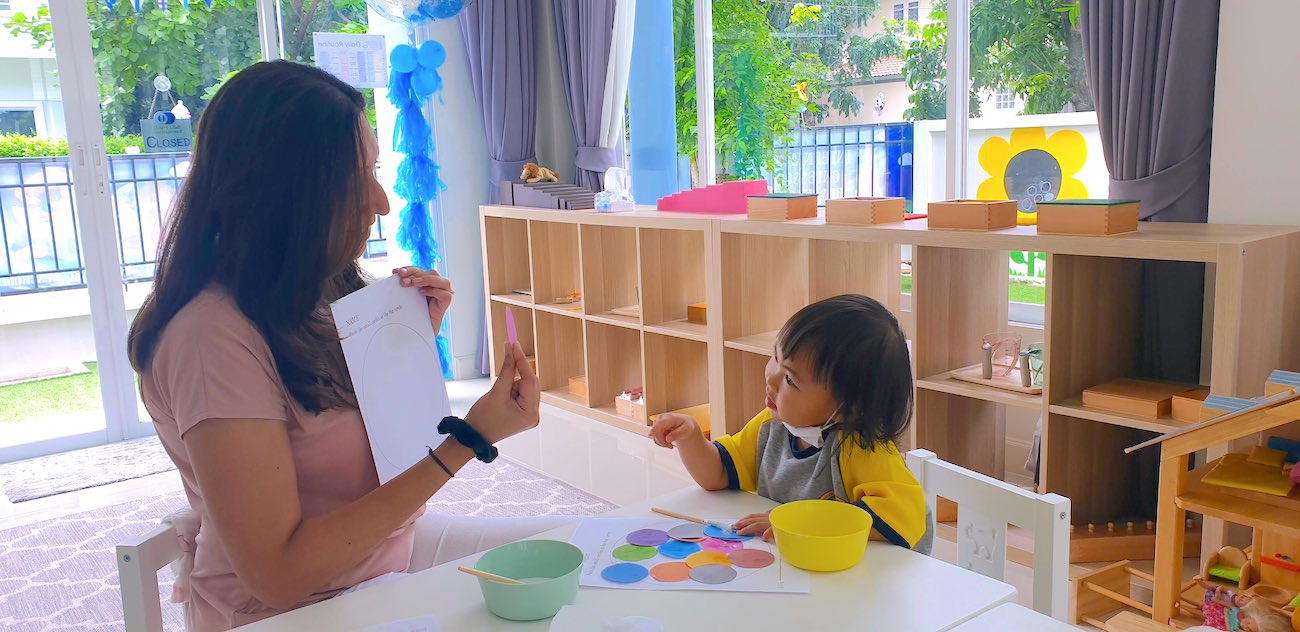
Dr. Maria Montessori believed that learning was a natural activity with exploration being vital to sustain curiosity, trial and error that lead to discovery, and choice being a key element for self-motivation.
Students learn at different paces using different methods through hands-on experiences. Montessori materials that we introduce to your child are the necessary teachers that encourage independant learning.
At International Montessori Preschool, encouragement, tolerance and acceptance are incorporated within all activities so that students can develop their moral and ethical values.
Practical Life Skills, often referred to as the heart of Montessori education, is essential to a child's development. These are divided into four main areas:
These activities are a series of motor activities that involve daily, practical, real life goals such as washing, tidying up, cleaning, taking care of plants, setting the table etc. This not only builds confidence but independence, concentration, coordination, body movement and a sense of order.
Dr. Maria Montessori believed that by practicing these skills children will develop healthy habits, good character and love and respect for the environment. These activities equip children with skills that help master simple tasks such as pouring water, which also develops fine motor control and coordination. By engaging in these activities children develop a sense of responsibility and in future become confident citizens of the community.
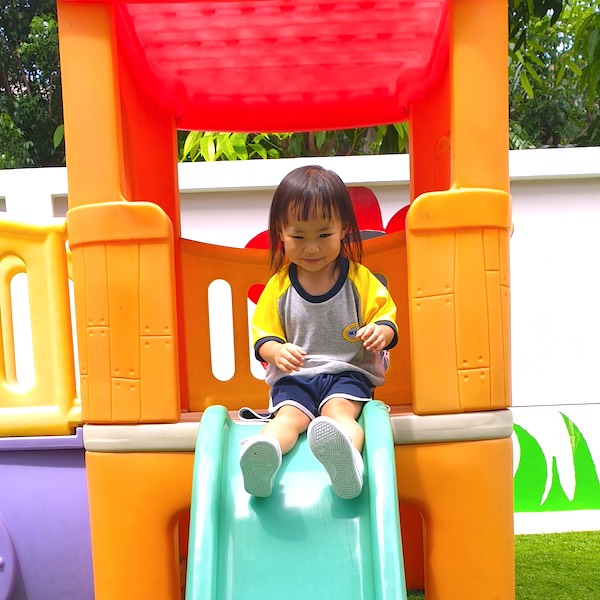
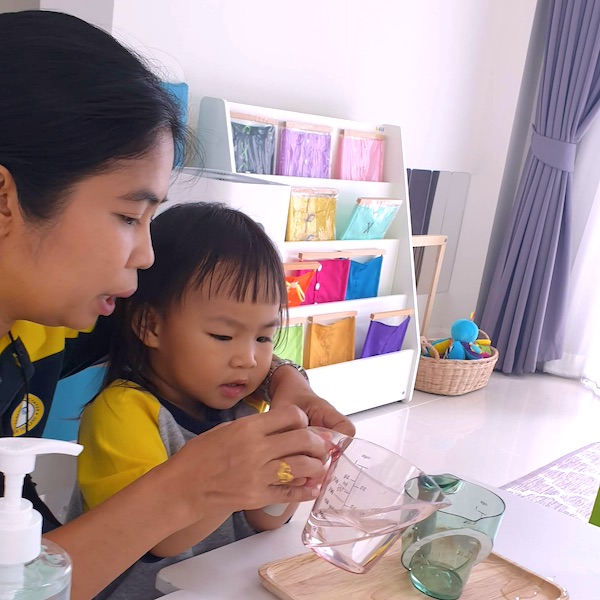
Sensorial development is a method unique to the Montessori curriculum. These elements are the roots of the Montessori Method. Dr. Maria Montessori designed the sensorial materials to give children the opportunity to experience their 5 senses:
Our Montessori classroom allows children to absorb the senses through the prepared environment. The potential of developing senses during the formative years is greater than any other time in a child's life.
While refining senses, a child gains the ability to classify and categorize the world around him. He also learns to concentrate and have a sense of order in his task. These materials stimulate and refine the senses giving them the ability to observe, articulate, perceive and increase vocabulary. These materials are aesthetically pleasing and designed to fit little hands and each material has a purpose:
Through senses children develop visual discrimination, muscular strength, muscle memory, reason and logic and fostering mathematical concepts.
The Montessori approach to cosmic education is to help create awareness that everything in the universe is connected and interdependent. Children learn to adopt ways to show respect and responsibility towards the environment and have positive, peaceful practices.
The culture and Science curriculum is divided into 5 main categories:
Each category helps children interpret and absorb the world around them. Dr. Maria Montessori believed that by allowing children to explore Culture and Science in a prepared environment, they gain a clearer understanding of the natural world. It is a comprehensive, holistic and purposeful approach for children to build connection between their senses, and the natural world.
Cosmic education gives children the opportunity to be outdoors and discover life cycles of plants and animals, grow plants and vegetables, learn about the weather and be immersed in nature.
The Montessori Culture and Science materials are purposefully designed to incorporate sensorial exploration such as the sand globe, botany cabinet, and detailed puzzles to identify parts of leaves, animals, plants and the World.
The Culture and Science domain draws out the child's innate curiosity of the world around them opening gateways to broaden the child's experience through experimentation and investigations.
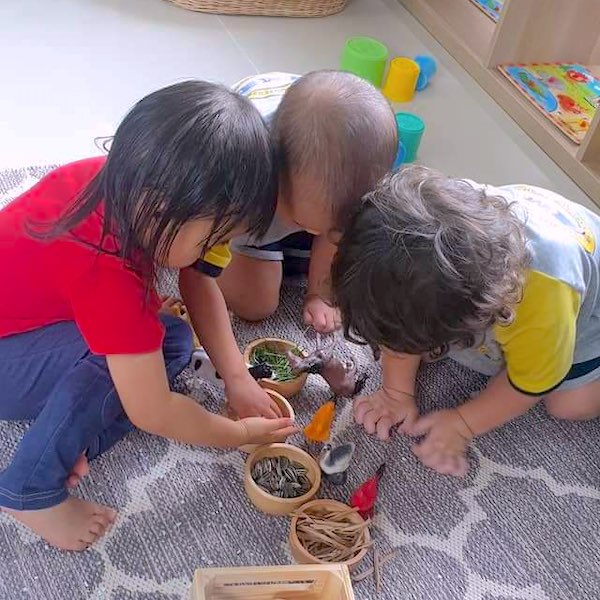
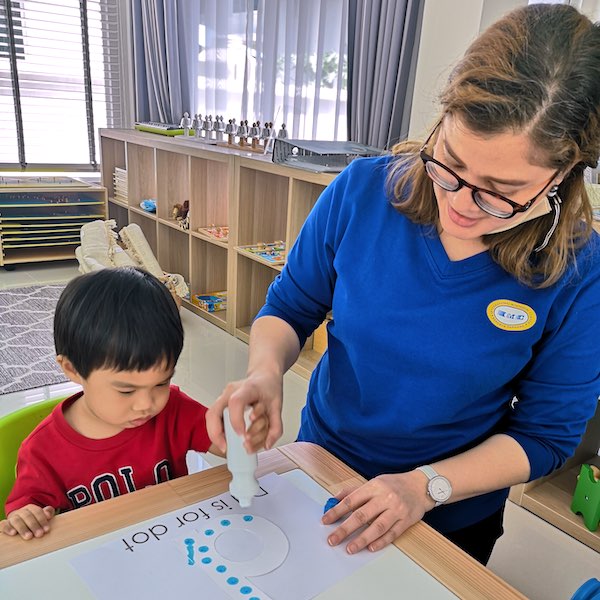
Children's experiences with oral language begin at a very early stage which builds the foundation for later reading. Children as early as a few months begin to distinguish the sound of human voice.
The Montessori Language Arts is equipped with a literacy-rich environment to help the child absorb everything they see. This has a profound effect on them to become successful in oral and written language in the future. The Literacy environment is dynamic, and enriched with a wide variety of activities such as listening, speaking, singing, role ply, rhyming and dramatic play.
Reading every day is an essential part of developing the skill to perceive and interpret stories. Visuals help stimulate the child's mind and high frequency words and sight words (which make up 50% of most commonly used words daily) expand children's vocabulary.
Through sand paper letters, children learn to register and connect alphabets phonetically which helps them identify sounds in a graphic form. Sand paper letters also help integrate multi-sensory learning by touch, sight and sound during children's tactile stages of development.
These phonetic methods are the foundational stepping stone in a Montessori environment, preparing them to become successful readers and speakers in the future.
The Montessori Mathematics Program helps the child develop a concrete foundation needed to have a comprehensive understanding of math in the future.
Materials such as tracing numbers on sandpaper letters, counting red rods, sorting objects, sequencing, matching, grading from largest to smallest, mastering various shapes and many other concepts were designed by Dr. Maria Montessori to allow children to understand concepts and help prepare them indirectly for future complex activities. These materials simultaneously engages many parts of the brain and connecting the two hemispheres, allowing children to focus on the process rather than just the end result.
There are four major concepts taught in Preschool:
These are integrated with sensory activities to help children learn math through a hands-on approach.
Montessori Math prepares children for logical and critical thinking, and draws their attention to spatial awareness. The development of the whole child is paramount to activating the brain for advanced thinking.
